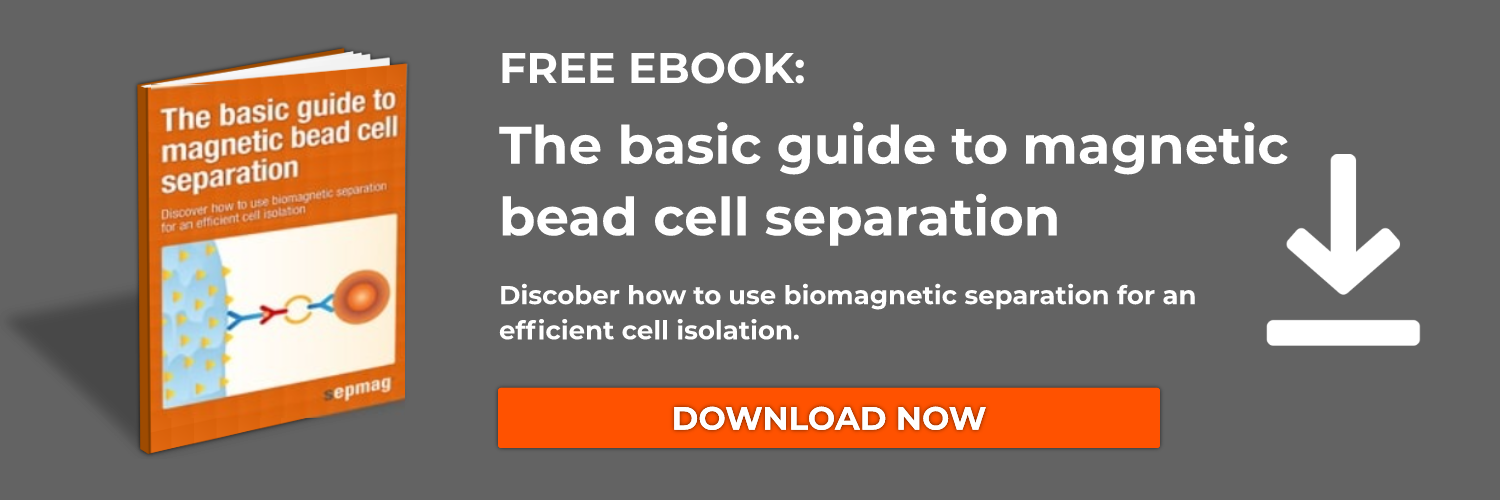The ability to identify microorganisms in food, drink, and clinical samples is critical for providing treatment and maintaining public health. The modern workflow for microorganism detection is DNA isolation, amplification, and identification. The concentration of microorganisms in a sample often ranges from picograms to micrograms per milliliter. At these low concentrations it is crucial to isolate and concentrate the DNA before using PCR to amplify target DNA sequences.
Magnetic nanoparticles(MNPs) are quickly becoming the tool of choice for the isolation and concentration of DNA. The coating on the MNPs determines the efficacy of the magnetic separation strategy. Early studies demonstrated that silica-coated or amine-modified MNPs successfully isolate DNA from solutions containing 109 bacterial genomes. However, the technology fails at lower DNA concentrations (1-103 genomes). Recently, a group from Japan developed a new charge-reversible surface chemistry for MNPs and demonstrated DNA recovery from a single bacteria cell.
MNPs with imidazole moieties can recover DNA from a single bacteria cell

Imidazole
In previous work the group had tried using polyamidoamine dendron-functionalized MNPs (PAMAM-MPs) to improve DNA recovery, but found that the system failed at low concentrations of DNA. Following further investigation they realized that the PAMAM coating was highly effective at adsorption of DNA, but was poor desorption of DNA. This meant that the recovery efficiency for small amounts of DNA (picograms) was very low.
To improve DNA desorption from the magnetic particles the team turned toward a coating of Imidazol moieties. The imidazole molecule is sensitive to changes in pH; it demonstrates a surface charge of zero in neutral solution, which becomes positive in acidic solution and negative in basic solution. The negatively charged DNA electrostatically adsorbs to the positively charged surfaces of Imi-MNPs in acidic solution. When the pH is increased the Imi-MNPs become negatively charged and the DNA separates from the particles. The team did note that the DNA desorption was most efficient at 80°C and this is likely due to other binding strategies other than electrostatic being involved.
Imi-MNPs did not show a decrease in DNA recovery with decreasing amounts of DNA. This prompted them to try to recover DNA from a single bacteria cell. DNA recovery analysis was measured with a DNA intercalator and fluorescence microplate reader. The identity of the DNA was confirmed with qPCR to ensure that the Imi-MNPs were indeed recovering the target DNA. Using Imi-MNPs the group successfully isolated and detected Bacillus subtilis DNA in 8 of 10 single-cell experiments. This work demonstrates that magnetic nanoparticles might become the future tool of choice for the isolation and identification of DNA. It is especially exciting that the technology is successful at low DNA concentrations.
Related news
- Magnetic bead cell separation for the detection of circulating tumor cells
- Column-based magnetic activated cell sorting
- Sepmag Q100 mL magnetic separation rack




